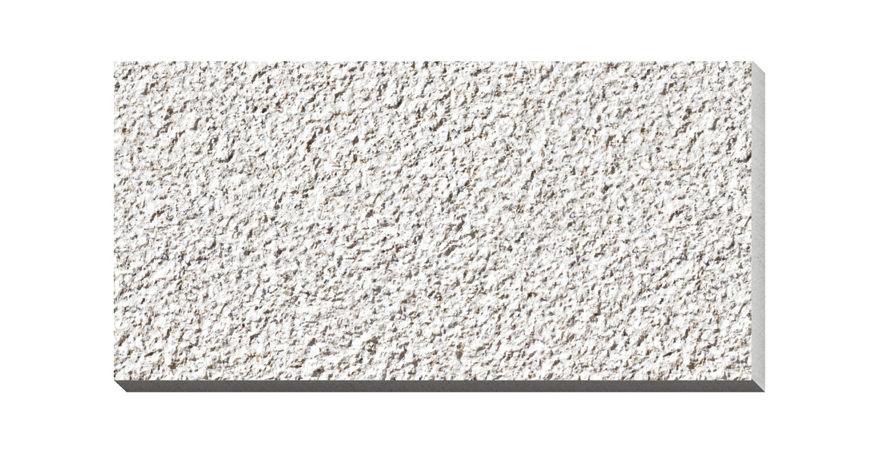|
In modern urban construction and landscape design, pavement laying plays a crucial role.
Whether it is streets, sidewalks, or private residential courtyards, high-quality paving work not only enhances aesthetics but also significantly improves functionality and durability.

In this context, understanding how to select and use pavement laying machines (pavers) is particularly important.
This article will provide a detailed introduction to the types of pavement laying machines, selection techniques, precautions during use, and maintenance knowledge, aiming to offer comprehensive reference materials for professionals in construction, landscape design, and road maintenance.
1. Types and applications of pavement paving machines
Pavement machines are mainly divided into several types in the market, including sliding mode pavement machines, tire pavement machines and mechanical pavement machines, etc.
Each type of pavement machine has its unique features and application scope.
1.1 Sliding mode paving machine
Sliding pattern paving machines are typically used for larger engineering projects such as highways and airport runways.
The characteristics of these paving machines include high paving efficiency, the ability to operate continuously, and the resulting pavement having high smoothness and compactness.
The working principle involves using a chassis sliding system to promote the uniform distribution of paving materials on the working surface.
1.2 Tire laying machine
Tire patching machines are more flexible than sliding mode patching machines and are suitable for urban roads and some small repair works.
They are typically designed with multiple tires to enhance the machine's stability and mobility in complex terrains.
Tire patching machines are slightly less efficient in construction compared to sliding mode patching machines but perform better in narrow areas or projects that require frequent changes of work locations.
1.3 Mechanical brick laying machine
The mechanical paving machine is mainly used for paving pedestrian walkways squares and other places that require aesthetically pleasing pattern paving.
This paving machine can accurately place bricks of different colors and shapes offering a diverse paving effect with high aesthetic appeal making it an indispensable device in modern urban and garden design.
2. Considerations in purchasing a pavement machine
Selecting a pavement machine is an investment that requires careful consideration.
The choice of equipment directly affects the quality and efficiency of the project.
The following aspects are key considerations when purchasing:
2.1 Project requirements
Consider the type of project you are undertaking (commercial, residential or public infrastructure), the type of pavement material (asphalt, concrete or brick), and the size of the project.
These factors will directly guide you in choosing the appropriate type of pavement machine.
2.2 Equipment performance
Including the width, thickness and speed of the pavement, these parameters are directly related to the construction period and quality of the project.
For example, large-scale projects are more suitable for the use of high efficiency sliding pavement machine.
2.3 Economy
This includes purchase cost, operating cost and maintenance cost.
High efficiency equipment may have a higher purchase cost, but in the long run it may be more economically efficient overall due to its advantages in saving labor and time.
2.4 After-sales service
Consider the vendor's service network and service quality.
Quality after-sales service can greatly reduce the repair time and cost when the machine fails.
3. Precautions for the operation of pavement paving machine
Correct operation of the pavement machine is the key to ensure the quality of laying.
The following are some basic operating procedures and precautions:
3.1 Preparation
Before formal laying, the laying area needs to be thoroughly cleaned and the base needs to be stable and flat.
At the same time, the functions of the equipment should be checked, such as the transmission system, laying system and control system.
3.2 Laying process
Operators should strictly follow the equipment operation manual.
During the laying process, the driving speed of the equipment should be consistent with the supply speed of the laying material to avoid material waste or laying quality problems caused by mismatched speeds.
3.3 Completion of work
After the laying is completed, the machine should be cleaned and basic maintenance should be carried out immediately, such as removing accumulated material residues, checking and lubricating mechanical parts, etc.
This can not only maintain the good operating condition of the equipment, but also prolong the service life of the equipment.
4. Maintenance knowledge
Continuous maintenance is the key to extending the service life of pavement paving machines.
Common maintenance work includes:
4.1 Periodic inspection
Regular inspection of the main components of the pavement paving machine, including but not limited to transmission chain, tires, electrical system, etc., and timely replacement of worn parts.
4.2 Weather adaptation
Under extreme weather conditions, the paving machine may require special maintenance.
For example, in winter, it is necessary to ensure that the mechanical parts are not frozen.
4.3 Professional maintenance
For complex mechanical problems, professional technicians should be asked to inspect and repair them to avoid the risks of disassembling them by themselves.
By deeply understanding the functions and operation and maintenance knowledge of various pavement paving machines, construction units and individuals can choose and use these important facilities more reasonably, not only improve the construction efficiency, but also ensure the quality of engineering, and achieve a win-win of economic and social benefits.
Whether facing broad highways or intricate alleys, the proper use and maintenance of paving machinery will ensure that every inch of paving is solid and aesthetically pleasing.
Pragmatic technical choices and meticulous operational details are indispensable dual guarantees in the paving process.
Continuously exploring new technologies and striving for higher work efficiency and construction quality is the driving force behind the sustainable development of the paving industry.
|